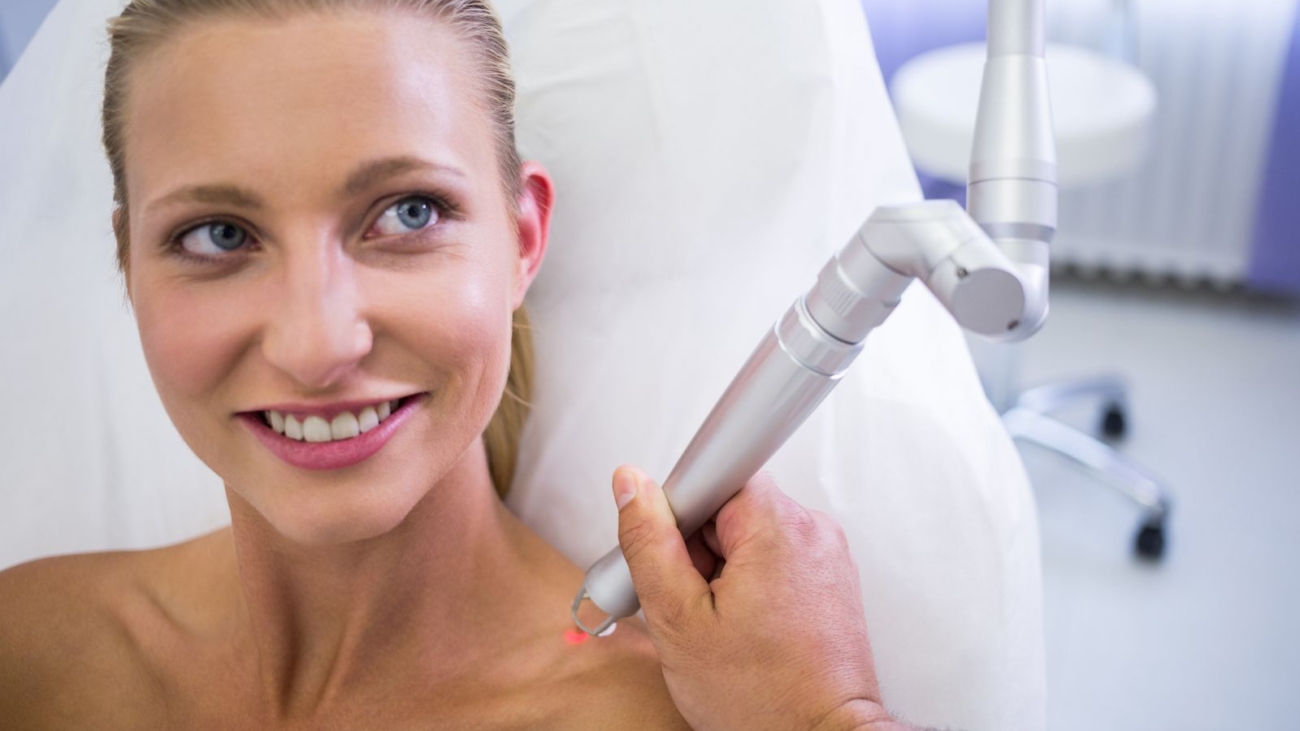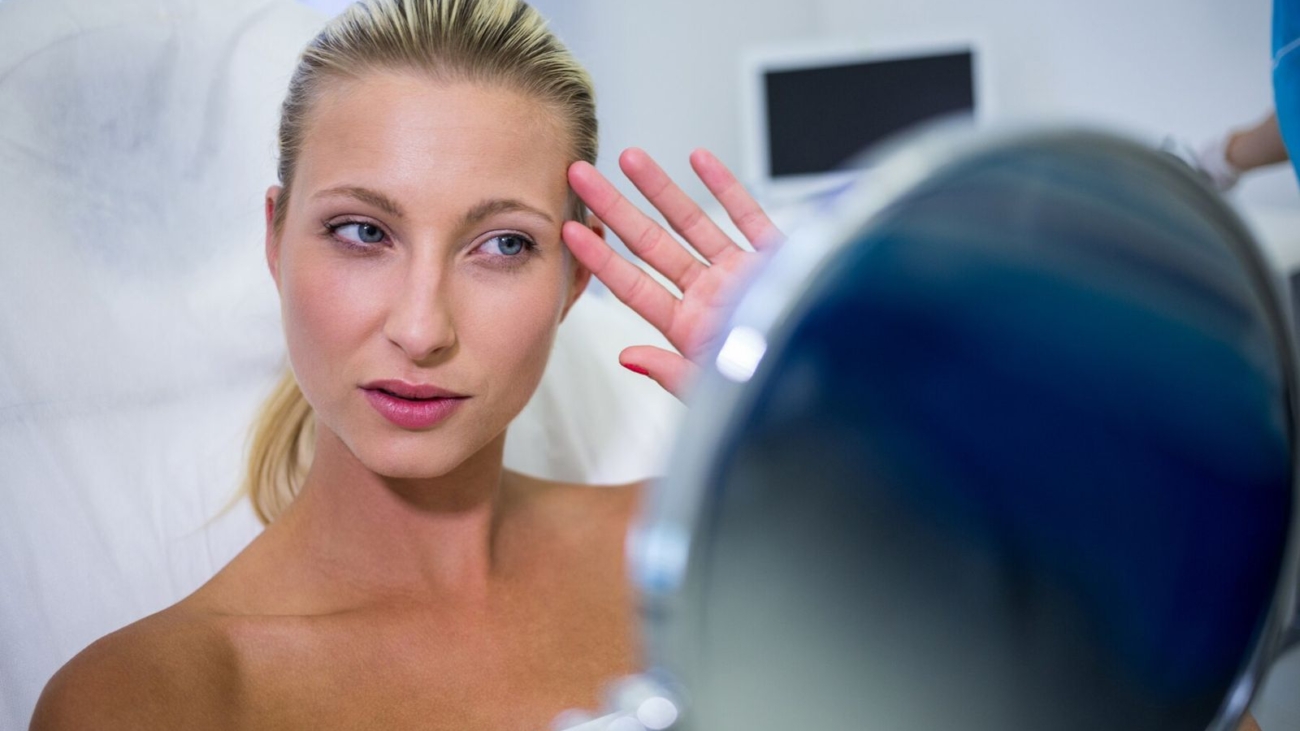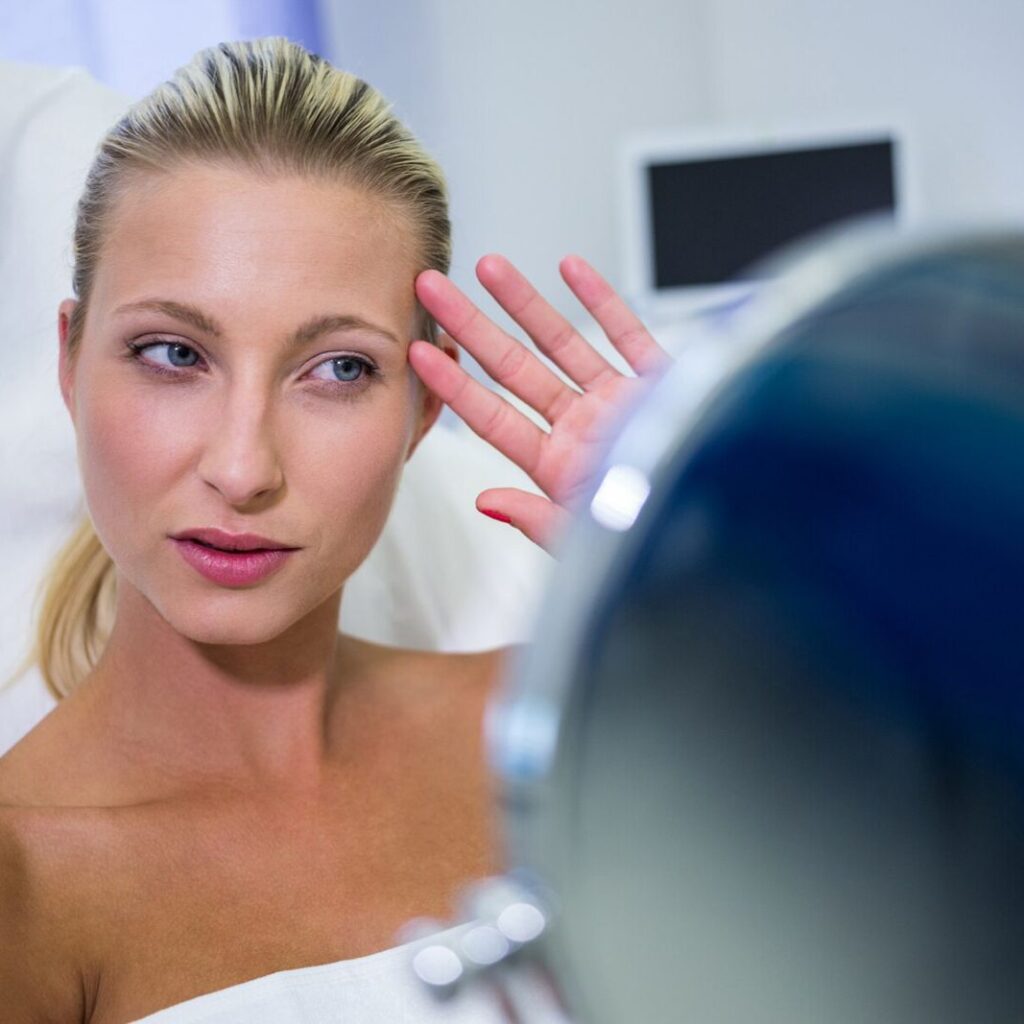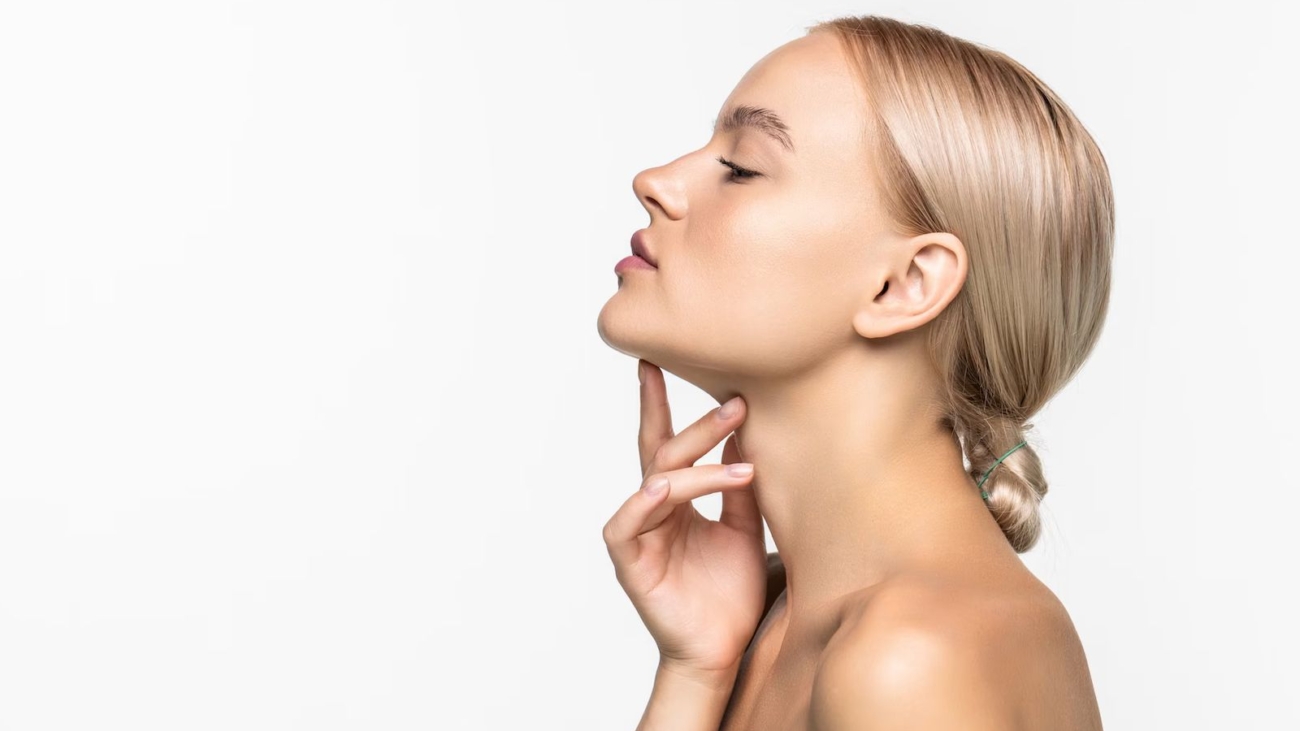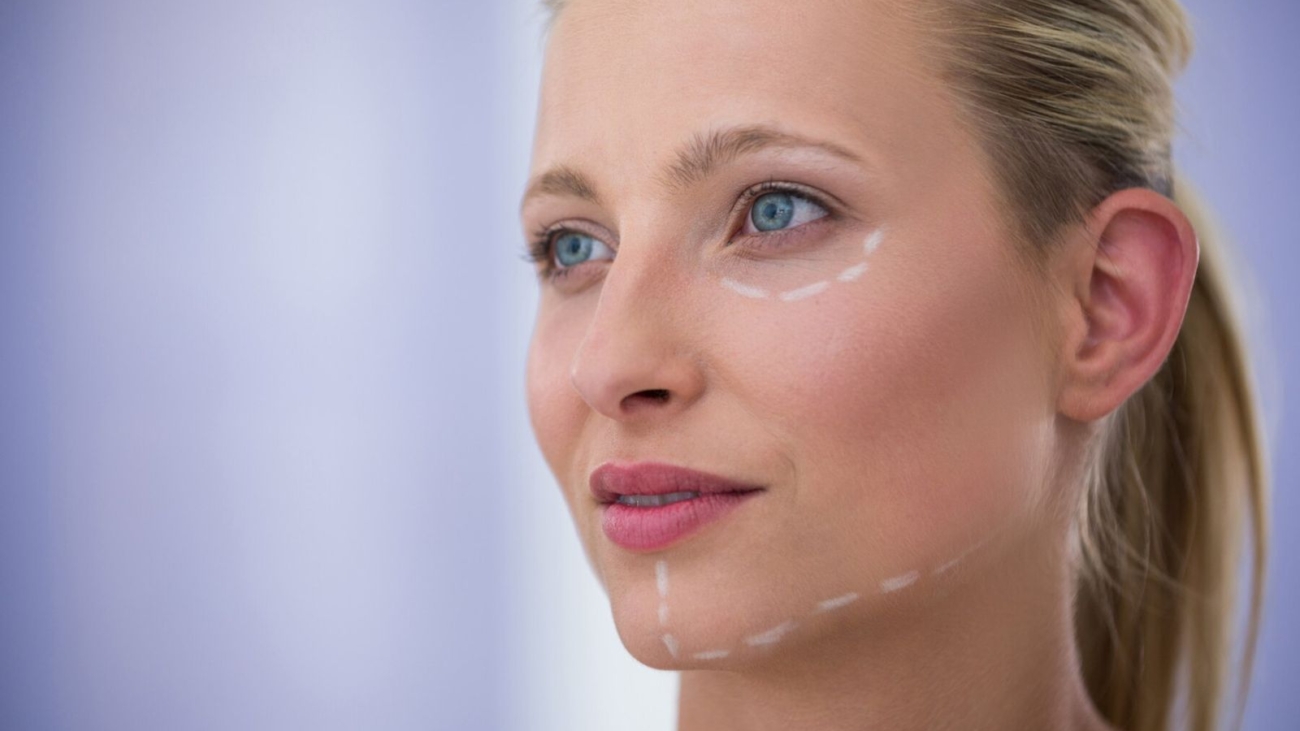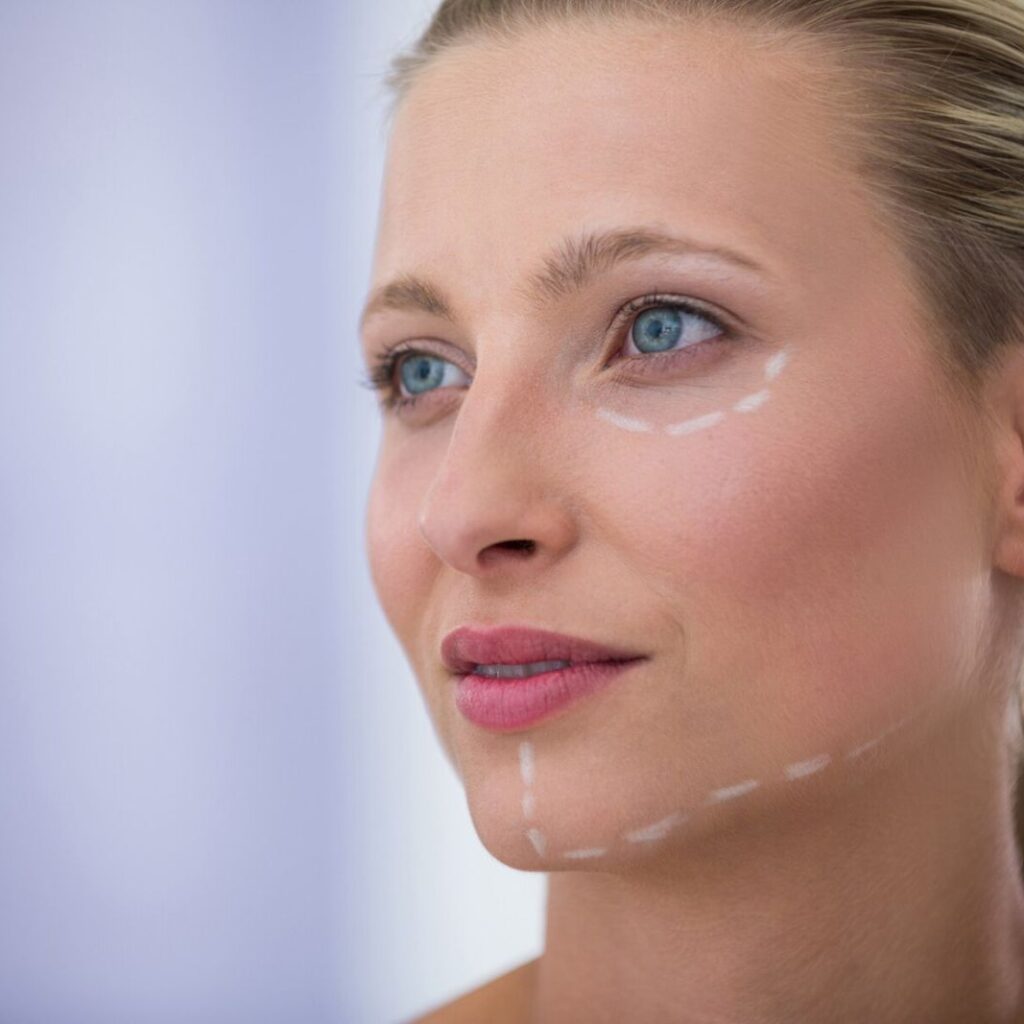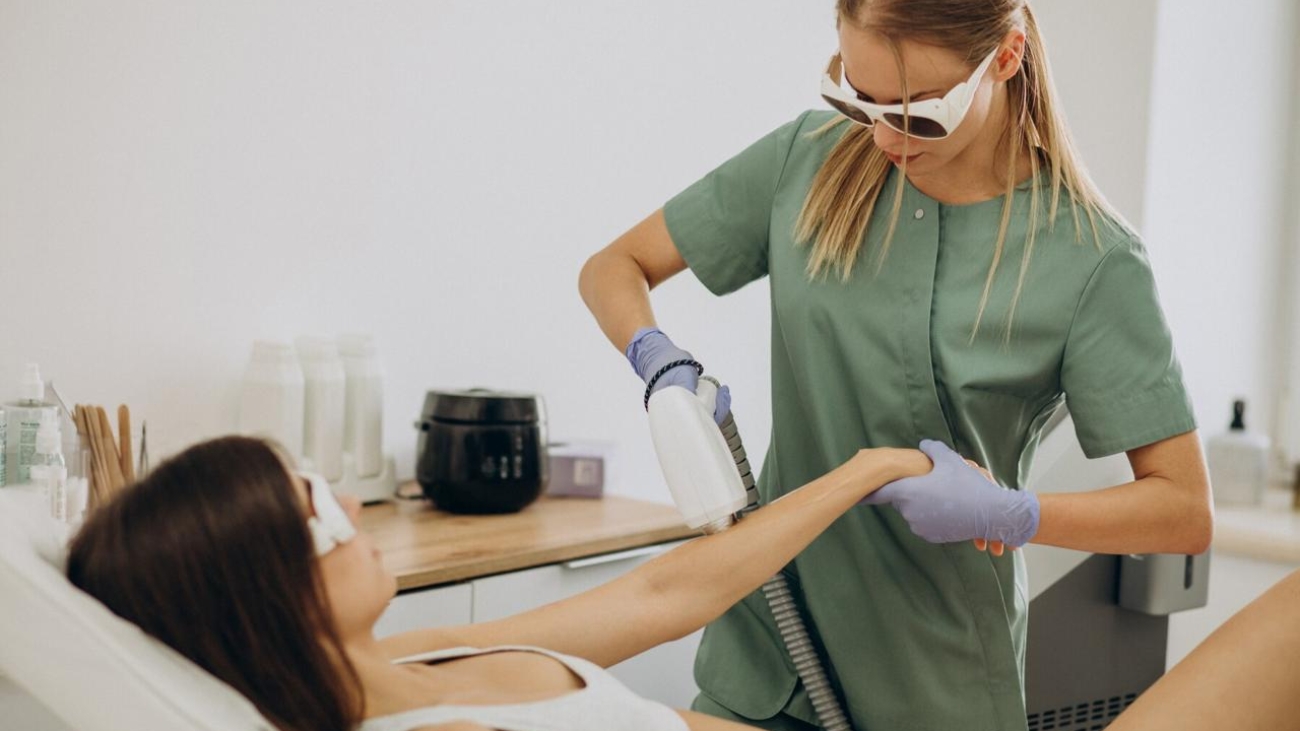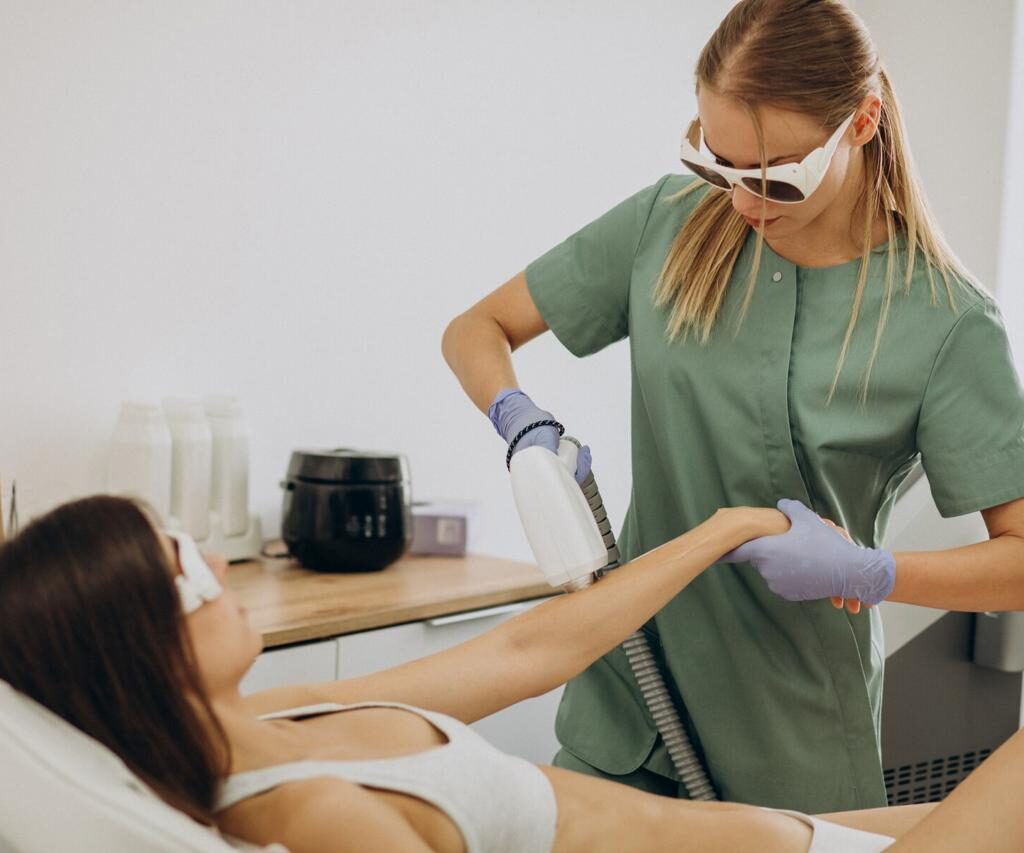If you’re looking for a treatment that can painlessly rejuvenate and tighten your skin, Therma Lift might be the right solution. In today’s aesthetic medicine and cosmetology, we have many innovative procedures promising firmer skin and a fresher facial appearance, but Therma Lift stands out particularly for its gentle yet extremely effective approach.

What Is Therma Lift and How Does It Differ From Other Treatments?
Therma Lift is a non-surgical, non-invasive treatment designed to achieve visible skin tightening and improved skin tone on the face, neck, or body, without any cuts, needles, and prolonged rehabilitation. The treatment is based on the application of radiofrequency (RF) or focused ultrasound energy (depending on the device and protocol) that penetrates the deeper layers of the skin to heat and stimulate collagen production. This targeted thermal effect leads to the contraction of existing collagen fibers and initiates the production of new collagen, resulting in tighter, firmer skin and improved contours.
Compared to conventional methods such as laser treatments or chemical peels, Therma Lift is primarily aimed at providing a lifting effect and improving texture, with minimal discomfort.The greatest advantages of this procedure are its speed, virtually no side effects, and the ability to return to regular activities immediately after the treatment.
How Does the Skin Tightening Process Work?
Over time, our skin loses elasticity and firmness, often due to a decrease in collagen and elastin, which are key proteins for a youthful appearance. Therma Lift, thanks to thermal stimulation, triggers the renewal, i.e., synthesis of new collagen fibers in the dermis. When the skin is heated to a certain temperature—safe, yet high enough to provoke a reaction—immediate contraction of the existing collagen occurs. The complete and long-term effect, however, occurs later as fresh, new collagen matures over the following weeks and months, gradually enhancing skin tightening and improving texture.
During the treatment, patients may feel a pleasant or moderate warmth and minimal sensations, but most describe it as comfortable. One of the important factors for success is the correct assessment of the depth that needs to be heated, as well as the quality of the device and the training of the therapist.
What Results Can You Expect?
Therma Lift is particularly effective in the following areas:
- Face and neck: Therma Lift treatment excellently addresses the issue of sagging skin around the lower jaw, double chin, or drooping cheeks (commonly referred to as ‘bulldog cheeks’). Over time, the skin becomes tighter, the jawline more defined, and the contours more aligned.
- Eye area: Some protocols allow addressing issues such as swelling or ‘bags’ under the eyes, as well as fine lines that appear in the eye region.
- Body (abdomen, thighs, upper arms): If you are bothered by slightly loose skin after weight loss or post-pregnancy, Therma Lift can help in restoring its firmness and tightness.
Once again, it is important to note that the results are not immediately maximal but become apparent after a certain period, often 4 to 12 weeks post-treatment. During this time, the synthesis of new collagen continues, and the skin gains a youthful plumpness and freshness.
How Many Treatments Are Needed?
The answer to this question depends on the condition of the skin, age, and individual factors of regeneration. For initial, visible results, often only one Therma Lift treatment is sufficient, but many patients choose to repeat it after 6 months or a year, depending on personal preferences and the rate of skin aging. There are also protocols that suggest a series of 2 or 3 treatments spaced a few weeks apart, to enhance the effect.
How Therma Lift Treatment Works – Step by Step
- Consultation: The first step is a consultation with an aesthetic expert. They will assess your skin type and condition, expectations, and treatment possibilities, and then provide a recommendation for the optimal treatment plan.
- Skin preparation: Before the treatment, the skin is cleansed to remove excess oil, impurities, and makeup.
- Probe application: The therapist applies a contact gel (or cream) to the skin and then slowly moves the probe over the area, emitting RF waves or focused ultrasound. The patient feels warmth and mild tension but no pain.
- Duration of the procedure: Depending on the size of the area being treated, the treatment can last from 20 minutes to one hour.
- Immediately after treatment: The skin may be slightly pink, but this typically subsides within a few hours. There is no need for an extended recovery period – patients can return to their normal activities the same day.
Who is the Ideal Candidate for Therma Lift?
Therma Lift is suitable for individuals who desire:
- Mild to moderate improvement in skin tightness
- Reduction of fine lines and wrinkles
- Definition of the jawline and cheek lifting
- Correction of minor irregularities in facial or body contours
If skin laxity is very pronounced and there is significant excess tissue, you may need to consider other procedures, including surgical interventions like a facelift or body lift. It is best to discuss with a licensed expert who can suggest a strategy based on your skin condition that promises the most beneficial outcomes.
As with any aesthetic procedure, it is important to have realistic expectations and consult with a specialist. By doing so, with a proper treatment plan, you can achieve satisfying results while maintaining the naturalness of your appearance and the health of your skin.
Maintenance of Achieved Results
In most cases, Therma Lift is not a procedure that requires strict post-treatment regimes. However, to preserve or enhance the effect achieved, it is recommended:
- Regular skin care with moisturizing and nourishing creams
- Use of products with SPF protection to prevent photoaging and collagen loss
- Healthy lifestyle: balanced diet, adequate water intake, avoidance of cigarettes and excessive alcohol.
Some experts also advise occasionally combining Therma Lift treatments with other complementary procedures (such as mesotherapy, hyaluronic fillers, or PRP treatments) for a more comprehensive and long-lasting result.
Main Advantages and Potential Disadvantages of Therma Lift Treatment
Advantages:
- Quick and non-invasive treatment
- No downtime required
- Results are natural, without drastic changes to facial features
- Can be combined with other skin care methods
- Can treat any part of the body
- Excellent results after just one treatment
- Treats all five layers of the skin
- Stimulates the production of collagen and elastin
- Increases skin elasticity
- Reduces wrinkles
- Provides a youthful appearance
- Effective for all skin tones
- Results last up to a year
Disadvantages:
- Shows best effects for mild to moderate signs of aging
- Patience is required to see final results (4-12 weeks)
- The effect is not as permanent as some surgical procedures (but the procedure can be repeated)
